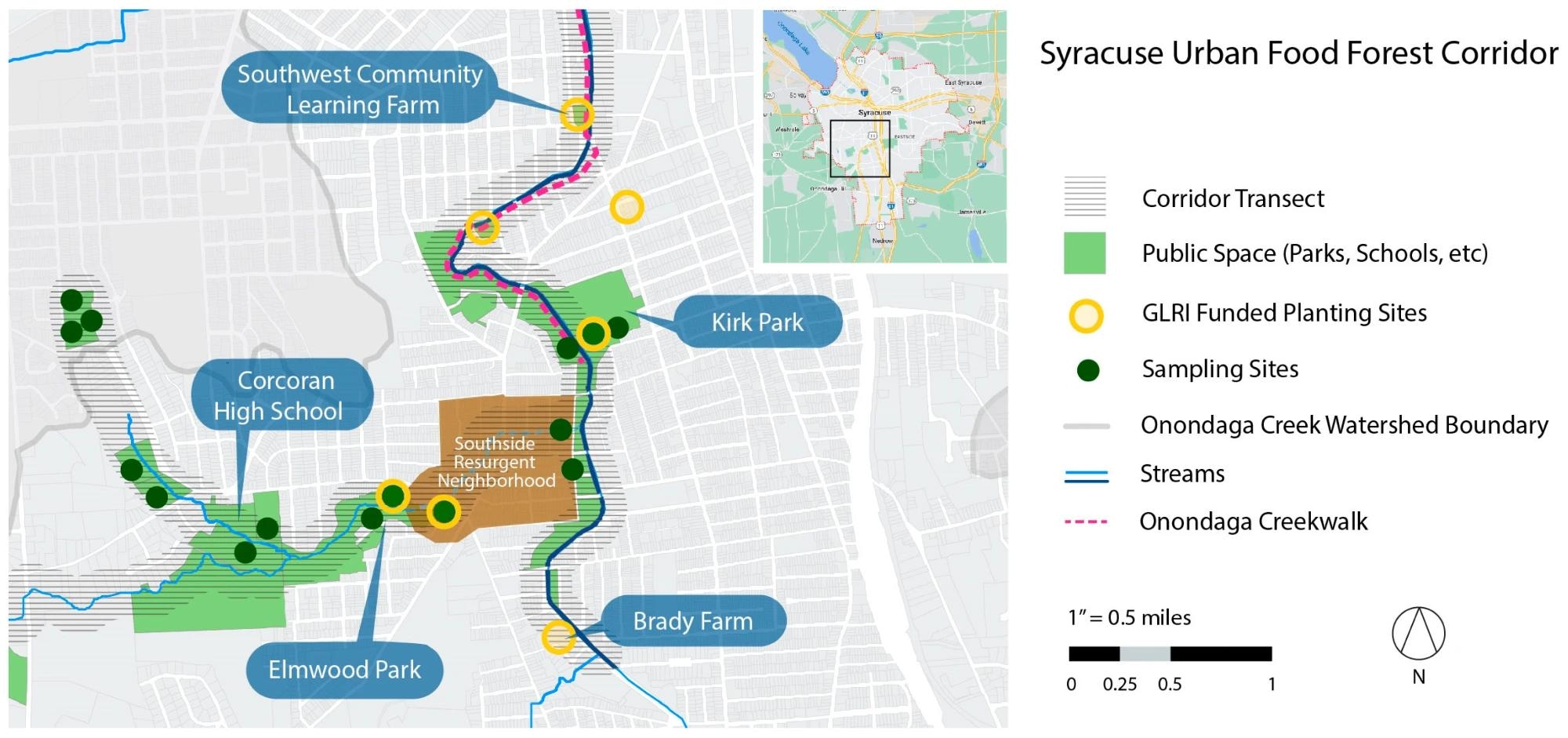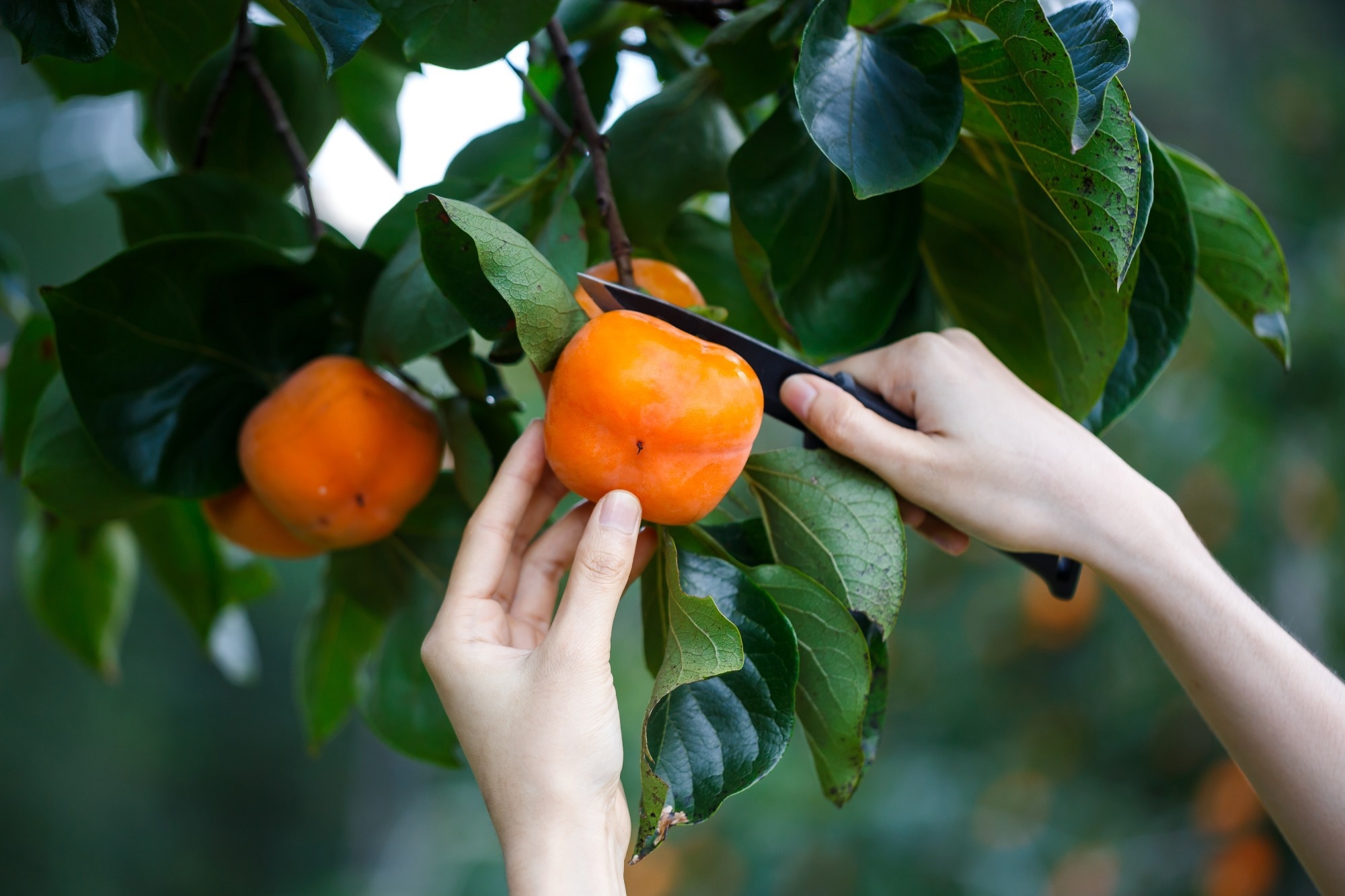The burden of chronic and non-communicable diseases, such as cancer and diabetes, is growing around the world. While medical treatments for these conditions continue to improve, scientists point to the role of lifestyle and diet as preventive and protective measures.
Dietary guidelines recommend consuming relatively unprocessed, nutrient-dense foods – dairy, proteins, grains, fruits, vegetables, and oils. Foods rich in antioxidants, phytochemicals, and other micro- and macro-nutrients can be protective against chronic disease. Notably, it is not any one nutrient that provides chemo-preventive and anti-inflammatory benefits but multiple combined nutrients.
Unfortunately, many people in the United States live in ‘food deserts,’ where foods with refined grains, saturated fats, added sugars and high sodium levels are common, but nutritious foods are not. This issue disproportionately affects non-White and less affluent communities.
Forgotten Foods: The Role of Wild Plants in Modern Diets
Wild and forageable foods have the potential to address this public health issue. Foraging is a culturally significant practice in many communities, drawing on traditional ecological knowledge (TEK) to extract plant resources ethically and safely. Much of this knowledge has been lost with the commercialization and industrialization of the food chain.
Urban Foraging: Tapping into Traditional Knowledge for Nutrient Riches
Researchers in Syracuse, New York, explored the availability and nutritional value of free-growing plants in this region. Under the Syracuse Urban Food Forest Project (SUFFP), they focused on a corridor of land primarily inhabited by low-income and non-White communities with disproportionate levels of food insecurity and chronic disease.
The team asked two questions. First, what uncultivated plants were available in the area? Second, what was their nutritional value in terms of antioxidant phytochemicals, and how did they compare with commercially available foods?
 Syracuse Urban Food Forest Project (SUFFP), Riparian Forest Corridor along Furnace Brook and Onondaga Creek on Southside of Syracuse, NY.
Syracuse Urban Food Forest Project (SUFFP), Riparian Forest Corridor along Furnace Brook and Onondaga Creek on Southside of Syracuse, NY.
Assessing the Nutrient Arsenal of Nature's Offerings
The SUFFP project sampled the Syracuse region between 2020 and 2021 and identified 196 uncultivated species, both native and introduced, growing in the area. In the present study, the research team focused on a subset of these plants with both ‘direct’ and ‘helper’ antioxidants.
Vitamins A, C, and E are all direct antioxidants that reduce oxidative stress, while micro-nutrients such as selenium and riboflavin boost their anti-inflammatory benefits. The team conceptualized an ‘antioxidant bioactive package’ which combined both these factors.
Out of 196 species identified in the area, researchers found nutritional composition data (either from the United States Department of Agriculture database or other sources) for 38. These were classified as fruits, vegetables, nuts, herbs, and others.
The team then examined the antioxidant phytochemical concentration and the daily value (DV) that should be consumed according to Food and Drug Administration (FDA) guidelines. Each species was assigned a score between 0 and 3 for each vitamin and nutrient, where 0 meant it was unavailable and 3 was the highest score.
In the second stage of the analysis, each plant was given an antioxidant score (the sum of the scores for each nutrient). The forageable plant with the highest score in each group was then compared to the most popular commercial food in that group. For example, black mulberry, a free-growing plant, was compared with commercially available strawberries.
Antioxidant Power of Wild Plants
In the Syracuse uncultivated plant dataset, grape leaves, dandelion greens, spearmint leaves, ground sage, lambsquarters, and ostrich fern had high vitamin A concentrations, whose DV is 900 mcg per day. High-vitamin A foods have at least 180 mcg per serving. Commercially available sources of this nutrient include leafy green vegetables, tomato products, and yellow and orange vegetables.
The FDA guidelines recommend consuming 90 mg of vitamin C daily, and rich sources have at least 18 mg in each serving. Blackcurrants, lambsquarters, persimmon, quince, and ramps were all good sources of vitamin C. Commercially available foods in this category include tomato products, potatoes, and citrus fruits.
 Persimmons fruit. Image Credit: nutt / Shutterstock
Persimmons fruit. Image Credit: nutt / Shutterstock
Leafy green vegetables, seeds, and nuts are all high in vitamin E (DV: 15 mg). Good sources should have at least 3 mg in each serving. In the dataset, researchers identified dandelion greens, ground sage, and hazelnuts as having high vitamin E concentrations.
Each person should consume 55 mcg of selenium and 1.3 mg of riboflavin daily. The study found that even though many commercially available selenium and riboflavin sources are animal-based, edible plants such as black walnut, butternut, and hackberry had high levels of selenium, and dandelion greens, ground sage, grape leaves, lambsquarters, and Saskatoon serviceberries had high levels of riboflavin.
Nature vs. Supermarket: A Nutritional Showdown
Researchers found that forageable foods with the highest scores in each category were at least as good as popular commercially available foods in the same category, indicating that they can complement existing diets as a low- to no-cost alternative. Black mulberries outperformed market strawberries, while wild sage had a higher antioxidant score than basil.
Potential and Pitfalls: Realizing the Promise of Wild Edibles
The study offered vital insights into the importance of uncultivated foods in promoting food security and reported that, in many cases, wild plants can provide as much nutrition as commercially available products. Wild plants can provide an affordable alternative to communities in ‘food deserts’ where healthy foods are unavailable in markets.
The authors noted that while the dietary value of commercially available foods is well-documented, wild edibles have been neglected. They also identified gaps in the data for 158 out of 196 plants, which they were forced to exclude from their analysis. Another limitation was that the nutrient values were for that species or food as a whole and could be higher or lower in their study area since plants acclimatize to local environments.
While the present assessment examined nutritional value, it did not look at quantities eaten. Daily values themselves, unfortunately, are based on the recommended daily allowance for males aged 19 and over; they are less relevant for other groups.
Towards a Greener Future: Knowledge and Acceptance of Foraged Foods
Availability does not always mean that local communities know the value of a plant and how to use it. Even if they do, they may not find it palatable. Food safety is also a critical issue when it comes to wild plants. Further studies, perhaps, will bridge these gaps and focus on actionable ways to increase interest and awareness around uncultivated plants. Drawing on traditional ecological knowledge from indigenous communities will be key to this process.
Journal reference:
- Foraging Wild Edibles: Dietary Diversity in Expanded Food Systems. Bellows, A.C., Raj, S., Pitstick, E., Potteiger, M.R., Diemont, S.A.W. Nutrients (2023). https://doi.org/10.3390/nu15214630, https://www.mdpi.com/2072-6643/15/21/4630